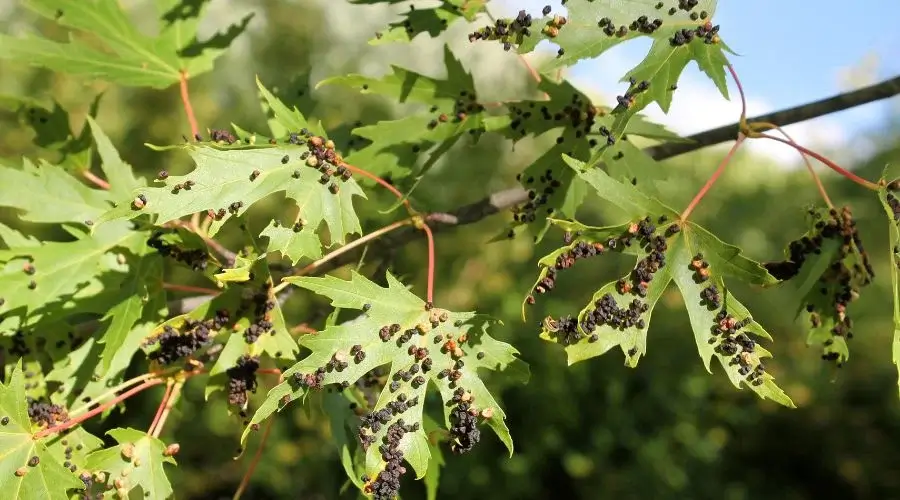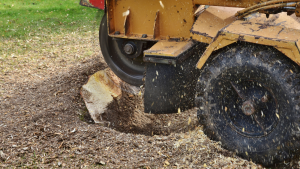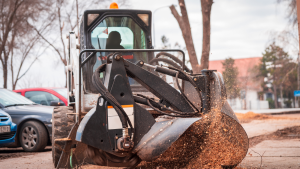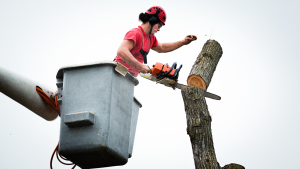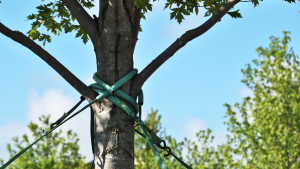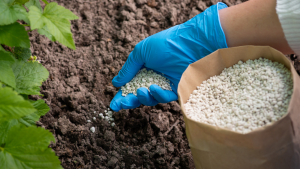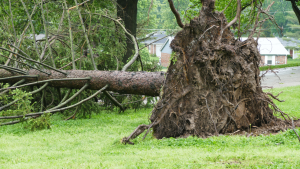Trees are magnificent additions to the natural landscape, providing shade, beauty, and ecological benefits. However, not all trees are created equal, and some can become more trouble than they are worth. In this article, we will explore some tree species that, while visually appealing, come with a host of problems that can make them challenging to manage and maintain in your yard.
1. Silver Maple (Acer saccharinum)
Silver maple trees are known for their rapid growth and beautiful foliage. However, these trees have weak wood, which makes them prone to storm damage. Their extensive, invasive root systems can clog sewer lines and damage driveways and sidewalks. Planting a silver maple close to your house or other structures can lead to costly repairs and potential safety hazards.
2. Weeping Willow (Salix babylonica)
Weeping willow trees are prized for their graceful, pendulous branches that sway in the breeze. However, their roots can be incredibly invasive and water-hungry. They are known to infiltrate sewer lines, cause drainage issues, and even undermine the stability of nearby structures. The constant litter of leaves and twigs can also be a nuisance.
3. Eastern Cottonwood (Populus deltoides)
Eastern cottonwoods are fast-growing trees often chosen for their rapid shade coverage. However, their large, brittle branches can pose a threat during storms, and the cottony seeds they produce in the spring can cause allergies and create a mess in your yard. Moreover, their expansive root systems are known to seek water aggressively, making them unsuitable for small yards or near water infrastructure.
4. Norway Maple (Acer platanoides)
Norway maple trees are favored for their dense, attractive foliage and adaptability to urban environments. However, these trees are highly invasive, outcompeting native plant species. Their shallow roots can create surface disruption, and they are susceptible to fungal diseases, which can lead to unsightly black tar spots on their leaves.
5. Callery Pear (Pyrus calleryana)
Callery pear trees, including the infamous ‘Bradford’ variety, are known for their showy spring blossoms and fast growth. However, their weak branch structure makes them prone to storm damage. Additionally, these trees can become invasive and crowd out native species, impacting local ecosystems.
6. Russian Olive (Elaeagnus angustifolia)
Russian olive trees, although drought-tolerant and attractive, are considered invasive in many regions. Their aggressive growth and ability to outcompete native plants can disrupt local ecosystems and reduce biodiversity. Removing them once they’ve taken root can be a challenging and costly endeavor.
7. Tree of Heaven (Ailanthus altissima)
The tree of heaven, as its name suggests, can become an unwelcome presence in your yard. This invasive tree can quickly spread and crowd out other plants. It is also highly adaptable to urban environments, which makes it particularly problematic for homeowners and landscapers.
8. Blue Atlas Cedar (Cedrus atlantica ‘Glauca’)
Blue atlas cedar trees are known for their striking blue-silver foliage. However, these trees can suffer from a range of diseases and pests, including bagworms and spider mites. Maintaining their health and appearance can be a constant struggle, and they may require frequent pesticide applications.
When selecting trees for your yard, it’s crucial to consider not only their aesthetic qualities but also their potential drawbacks. Some trees, while visually appealing, can create maintenance challenges, pose safety risks, and even disrupt local ecosystems. It’s essential to research and choose trees that are well-suited to your specific environment, and consult with or a local company like Joliet Tree Service for advice on the best tree species for your needs and preferences. Selecting the right trees will help you enjoy all the benefits of having trees in your yard without the associated troubles.
